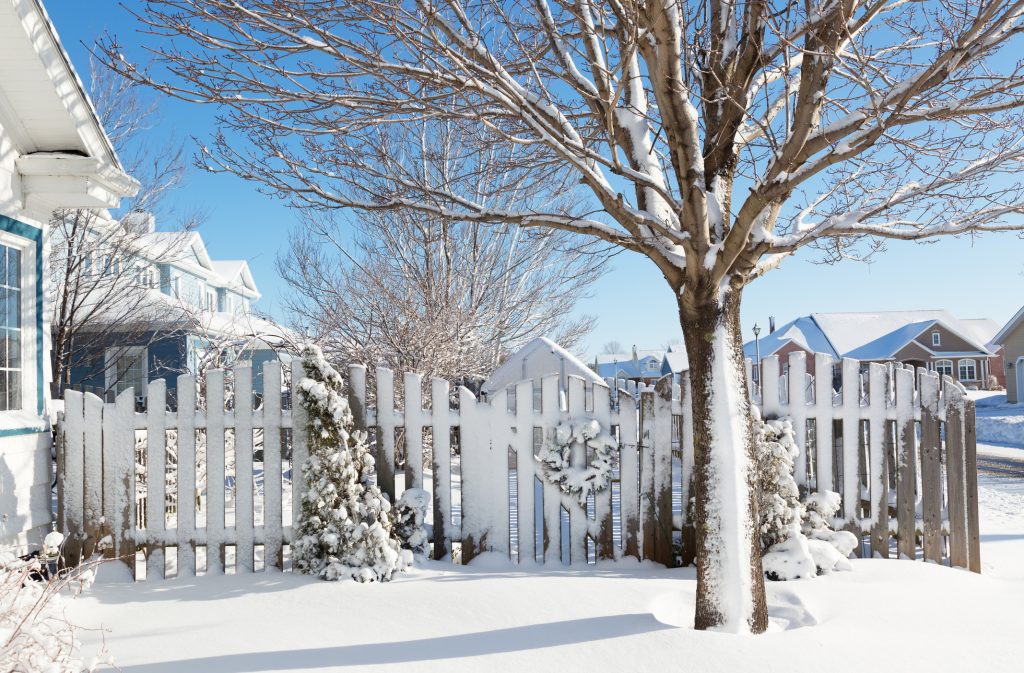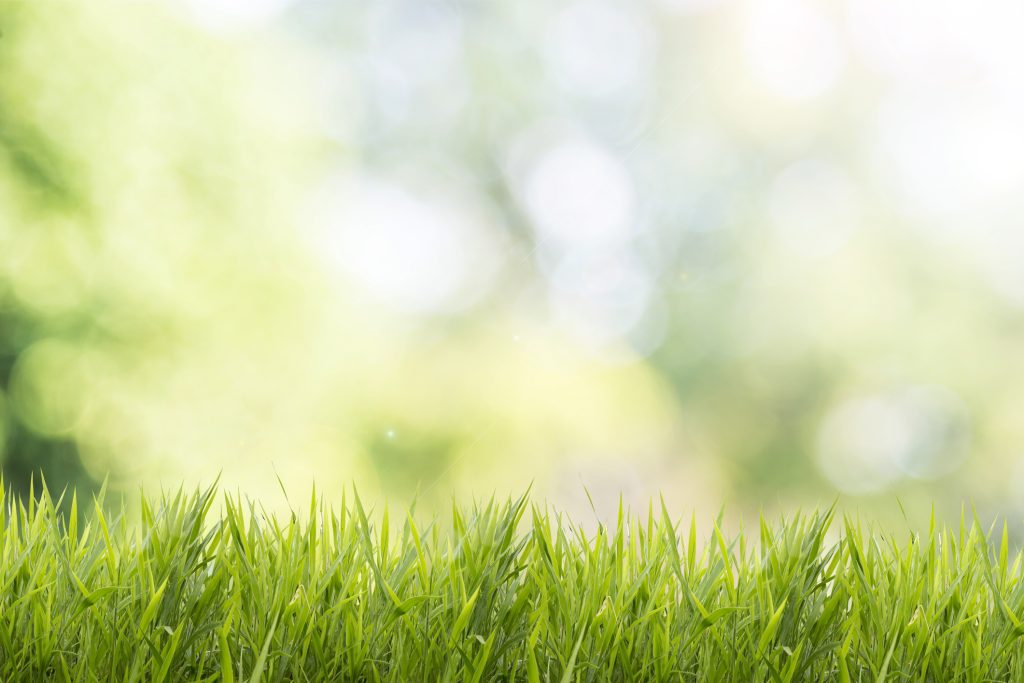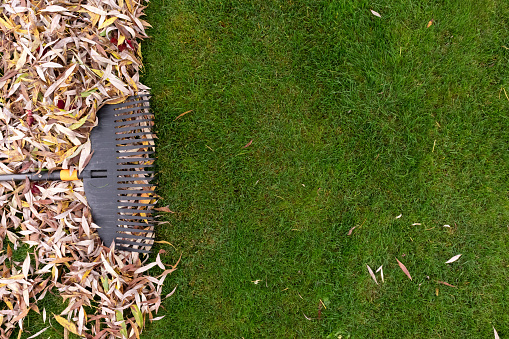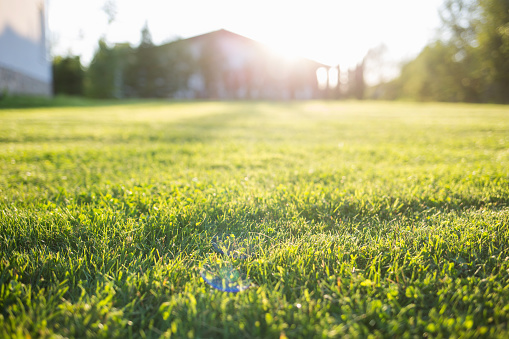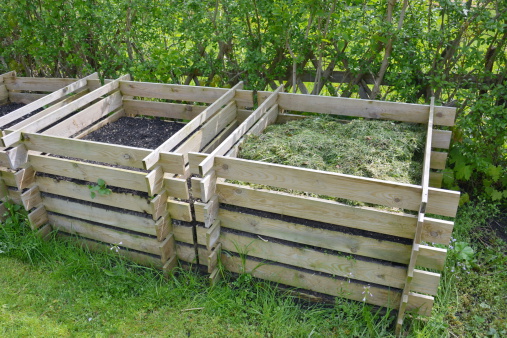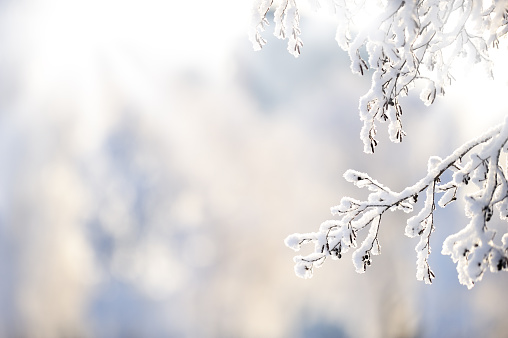Prepare Your Yard for the Season with Giovine Landscaping, as the vibrant colors of summer fade and the crisp air of fall settles in, it’s the perfect time to give your landscape some attention. At Giovine Landscaping, we believe that a well-maintained yard can be enjoyed year-round, and fall is a crucial season for preparation. It is the best time for garden owners to plant trees, shrubs, and evergreens, so autumn maintenance is vital! Here are our top fall landscaping tips to help you create a beautiful outdoor space.
Clean Up Your Yard
One of the first steps in your fall landscaping routine is clearing debris away. Rake fallen leaves, remove dead plants, and tidy up flower beds. This not only enhances the aesthetic appeal of your yard but also prevents pests and diseases from overwintering. Regular clean-ups can set the foundation for a healthy garden come spring.
Mulch for Protection
Adding a layer of mulch to your flower beds is a fantastic way to protect your plants during the colder months. Mulch acts as insulation, keeping soil temperatures stable and reducing the risk of frost damage. Additionally, it helps retain moisture and suppresses weeds, making it easier to manage your landscape in the spring.
Aerate Your Lawn
Fall is an excellent time to aerate your lawn. Aeration involves perforating the soil with holes to allow air, water, and nutrients to penetrate deeper. This process improves root growth and promotes a lush, green lawn. Consider scheduling an aeration service with Giovine Landscaping for optimal results.
Fertilize for Future Growth
Don’t forget to fertilize your lawn and garden beds in the fall! Applying a high-quality fertilizer helps replenish nutrients that may have been depleted during the summer months. Fall fertilization supports root development, ensuring that your plants emerge stronger in the spring. Consult with our team to choose the right fertilizer for your landscape.
Plant Fall Annuals and Perennials
Fall is a great time to plant new flowers and shrubs. Consider adding fall annuals like chrysanthemums and pansies for a pop of color. If you’re looking to establish a perennial garden, now is the time to plant varieties that can withstand cooler temperatures. This will allow them to settle in before winter and thrive when spring arrives. As temperatures drop, now is also a good time to protect your trees and shrubs from approaching winter conditions. We recommend purchasing burlap so that garden owners can wrap their young trees in it to shield them from frost and wind damage when the time comes. For established plants, ensure they’re well-watered before the ground freezes, as hydration is key to winter survival.
Plan for Next Spring
Use the fall season to plan your landscape for next year. Take stock of what worked well in your garden and what didn’t. Consider new plantings, layout changes, or hardscaping features you’d like to implement. Having a plan in place will make the transition to spring smoother and more enjoyable. For a more comprehensive look at how garden maintenance works in the spring, refer to our previous blog post.
With these fall landscaping tips from Giovine Landscaping, you can ensure your yard remains beautiful and healthy throughout the season and beyond. If you need assistance with any landscaping tasks, our team is here to help. From lawn care to garden design, Giovine Landscaping offers comprehensive services tailored to your needs. Contact us today to schedule a consultation and give your landscape the care it deserves!
